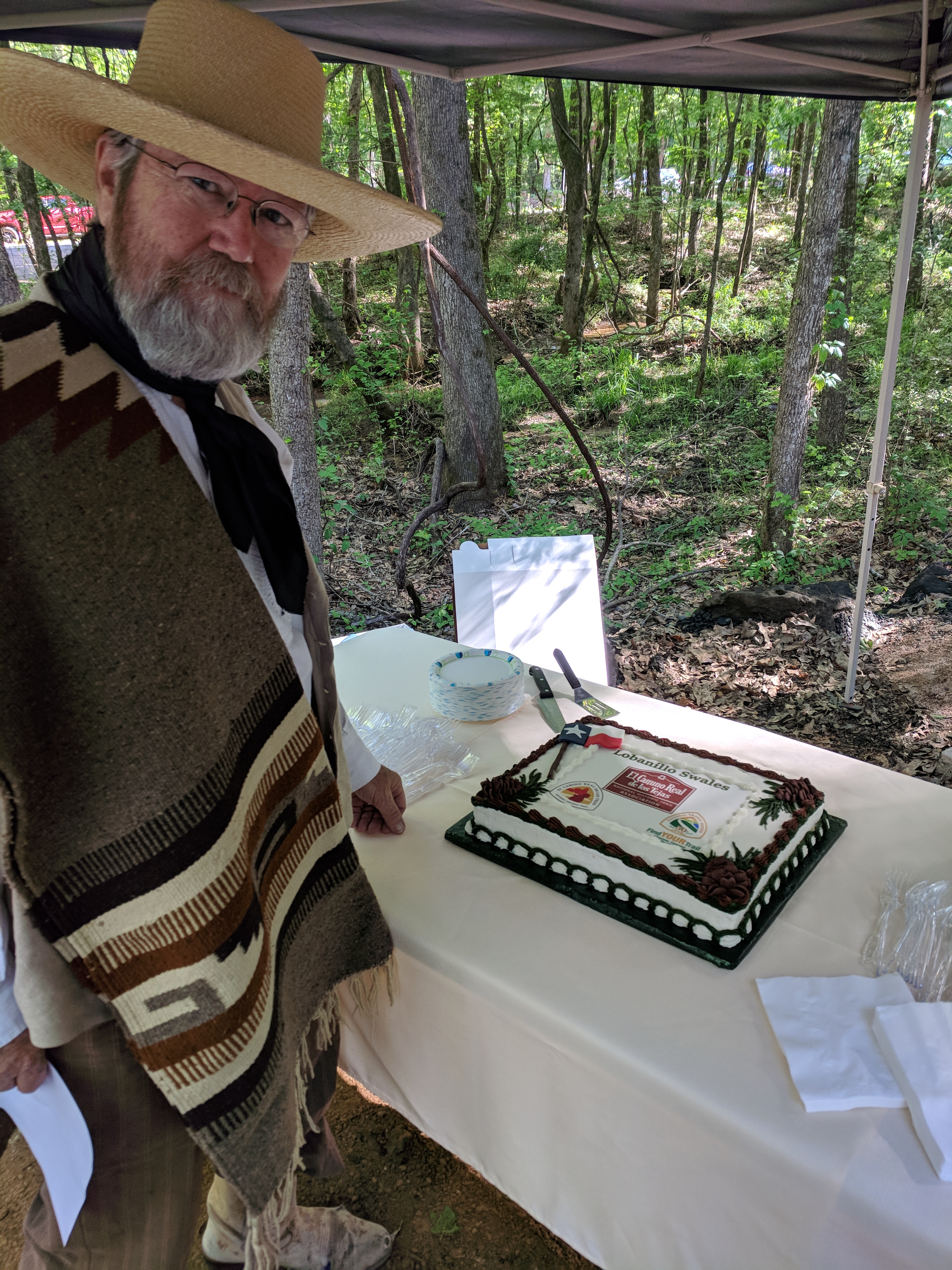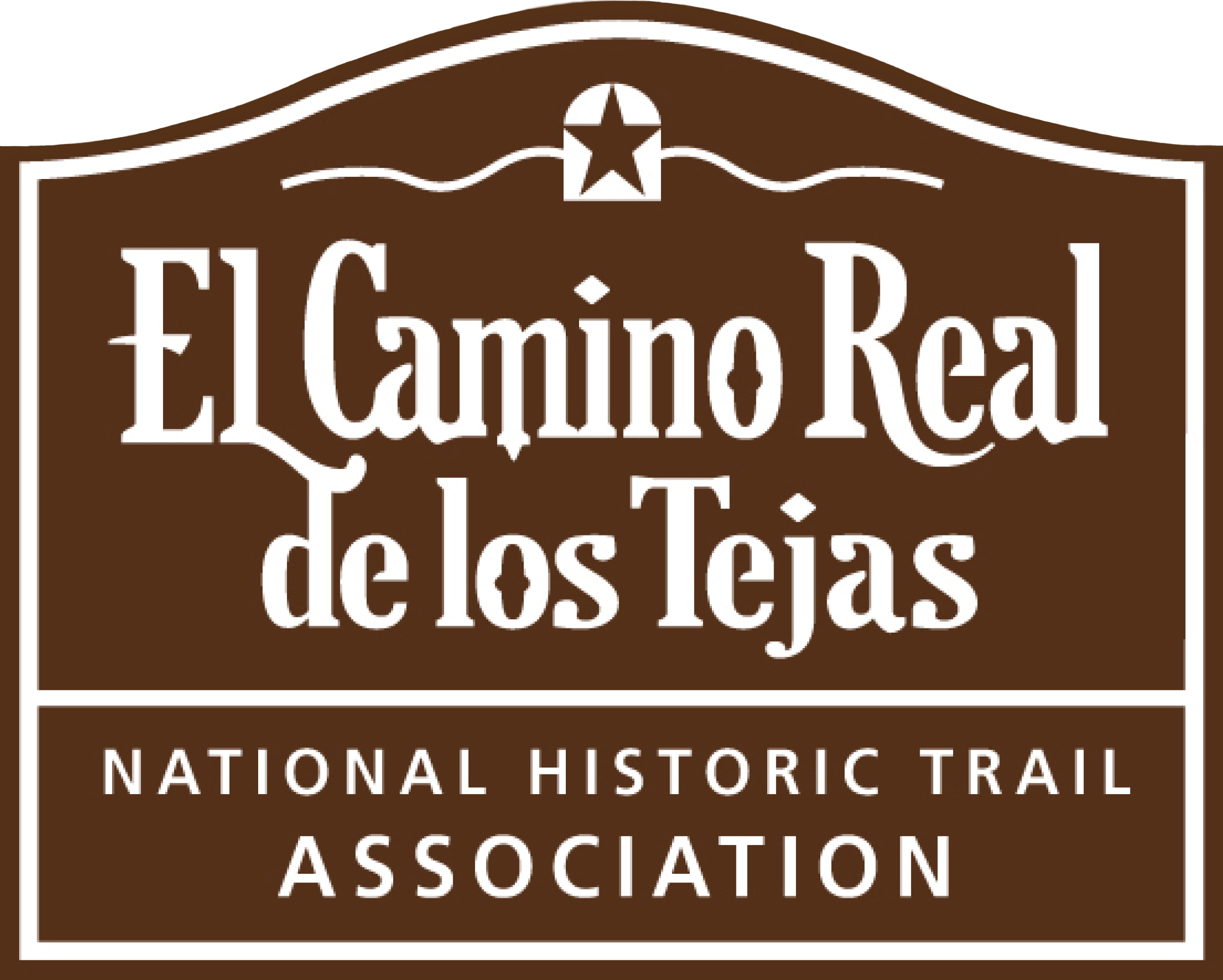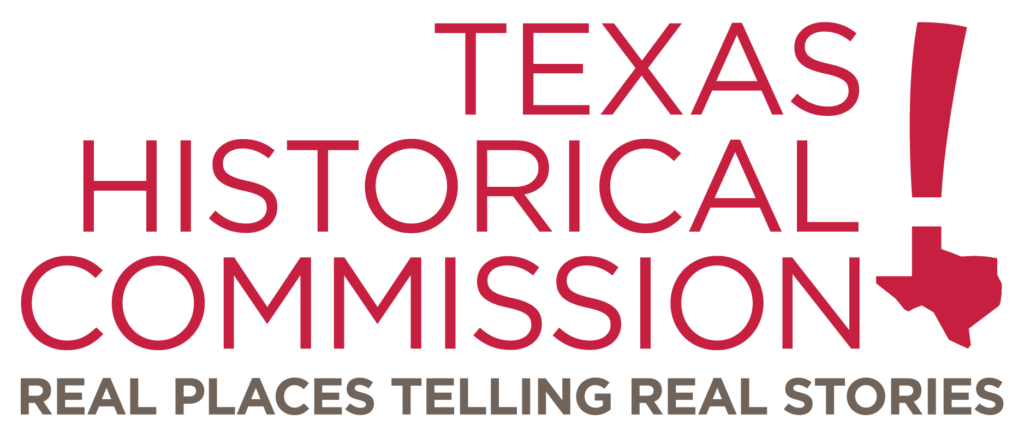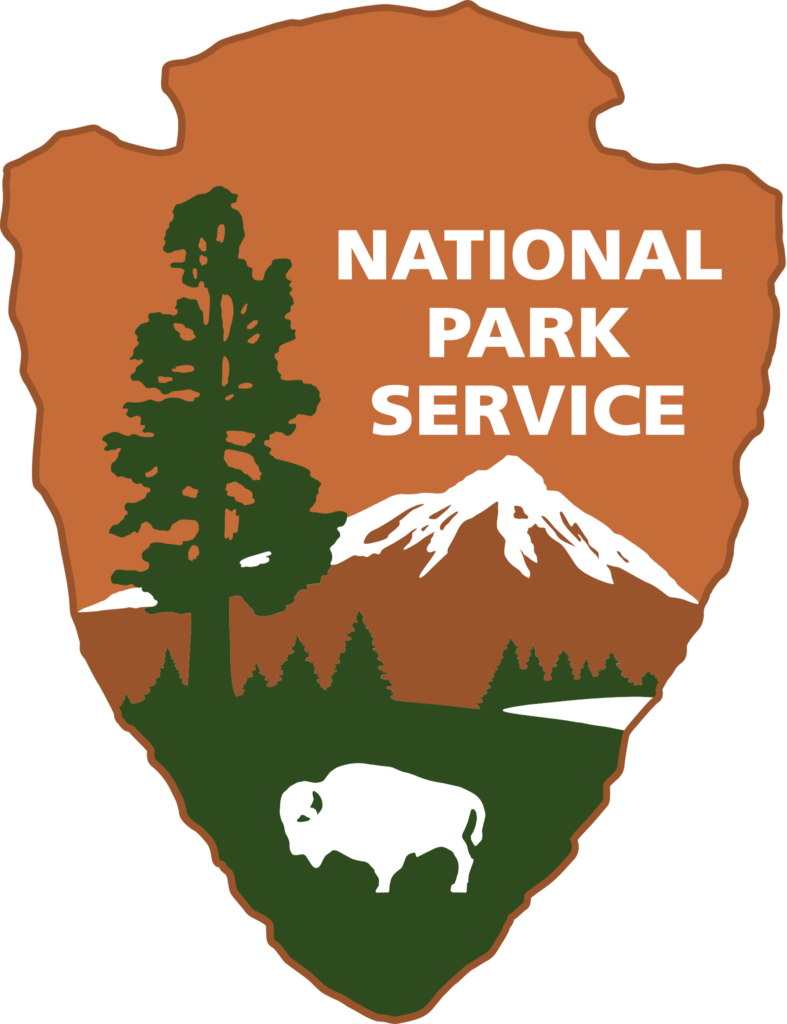Season’s Greetings to the ELCAT Family!
Looking back on 2018 our Association has passed some significant milestones on the Camino. We’ve celebrated anniversaries, we’ve strengthened partnerhips, we’ve seen completion of the Lobanillo Swales project and we’ve made some good plans for 2019.
Before moving on to 2019 let’s extend a round of thanks to many of you:
The Staff…
To Steven Gonzales, let’s thank him for the tremendous effort putting his shoulder to the wheel keeping this outfit focused and going forward. If not for him, we’d need a few more teams of oxen to move this cart down the road and out of the muddy swales along the way. I also want to thank our part-time interns Maria Vazquez of UT Austin (Advertising), Elaine Sullivan of Boston University (Museum Studies) and Brian Salvesen of Texas State University (Geography). I’ve been test-driving our new interactive map, and Brian’s GIS work will be a palette for mapping many of the historic and cultural sites along the trail in 2019 and beyond. Thank them, but know we’re gonna keep ’em busy in 2019!
Partners…
I also want to thank our partners Aaron Mahr and his staff at NPS, Brad Patterson and his staff at THC, and Ray Berthelot of Louisiana State Parks, in addition to many others. We are sharing the same goals and vision and we cannot do it without a good partnership.
And the ELCAT Board…
To those who have termed-out, let’s thank Maureen Winn, John Kisalus and Henry Mayo for their service. Let’s say “Hasta la Vista, y’all” (not “adios”). We’ll miss you and need your help again, soon. Thank you new joiners, Rebecca Blankenbaker and David Regan. Let’s get to know one another better and work together. Your volunteerism is important and appreciated. (I’ll take this opportunity to remind you all to record your time and expense data for submittal to NPS. It is very important to funding and goal-setting to know how our citizen efforts are supporting the National Trails and our own Camino Real de los Tejas.)
I am glad to join your efforts as the new President of the Board. I’ll have a lot to learn.
To introduce myself, my wife Eloise and I live in Houston and Santa Fe, New Mexico (part-time). I’m hoping our linkage to NPS staff across the river from us in Santa Fe will also help strengthen and leverage that partnership. I’m also a member of a similar group in New Mexico where the awareness of the National Historic Trail system is more extant and is a major part of the state’s heritage and tourist experience. There in New Mexico, many organizations celebrate and curate their Camino Real into ordinary lifeways, educational experiences and outdoor sporting activities- retracement, hiking, biking, running, even yoga! Here in our own Texas…well, we’re different, but we can share learnings to improve our effectiveness and we can promote a variety of outdoor sporting activities too.
But what really floats my boat? What floats yours?
Let me share an experience: Last week, Eloise and I took a kayak trip with a local canoe club (potential partner there) and did a little bit of Camino talk with that group. We went to the Trinity River cypress swamps near Wallisville. Our lunch stop was the site of the Presidio San Augustín de Ahumada, (Orcoquisac), visited by the 1767 Rubí Inspection. (This is not on our Congressionally recognized NHT but on a significant historic pathway connected and I must disclose I have no agenda to annex this trail.) Rubí’s engineers, La Fora and Urrutia made a detailed map, which was long undiscovered in the British Library, stashed with the maps of Los Adaes. The retracement and re-discovery of the site by enthusiast John Clay (he could have been one of us) was confirmed by Curtis Tunnel’s 1967 salvage archeological survey, though most of the presidio site had been removed a decade earlier to provide the embankment of a new camino, known as Interstate 10. The site is now a mere borrow-pit marsh in a protected archeological district… long gone.
The trip leader asked me to give a little talk on behalf of ELCAT. I was thrilled (goosebumps even now) to oblige. This kind of outdoor recreational activity is greatly enriched with the historical background, long forgotten, ignored, gone to the graves, or lost in archives. We can scarcely imagine how the missionaries, soldiers and native peoples lived here by these swamps, but the Bexar Archives bear witness and the archives somewhere may hold our next re-discoveries.
You might be thrilled to see the old caminos labeled on Urrutia’s map.
From Jackson, Jack and Foster, W.C., 1995, Plate 6
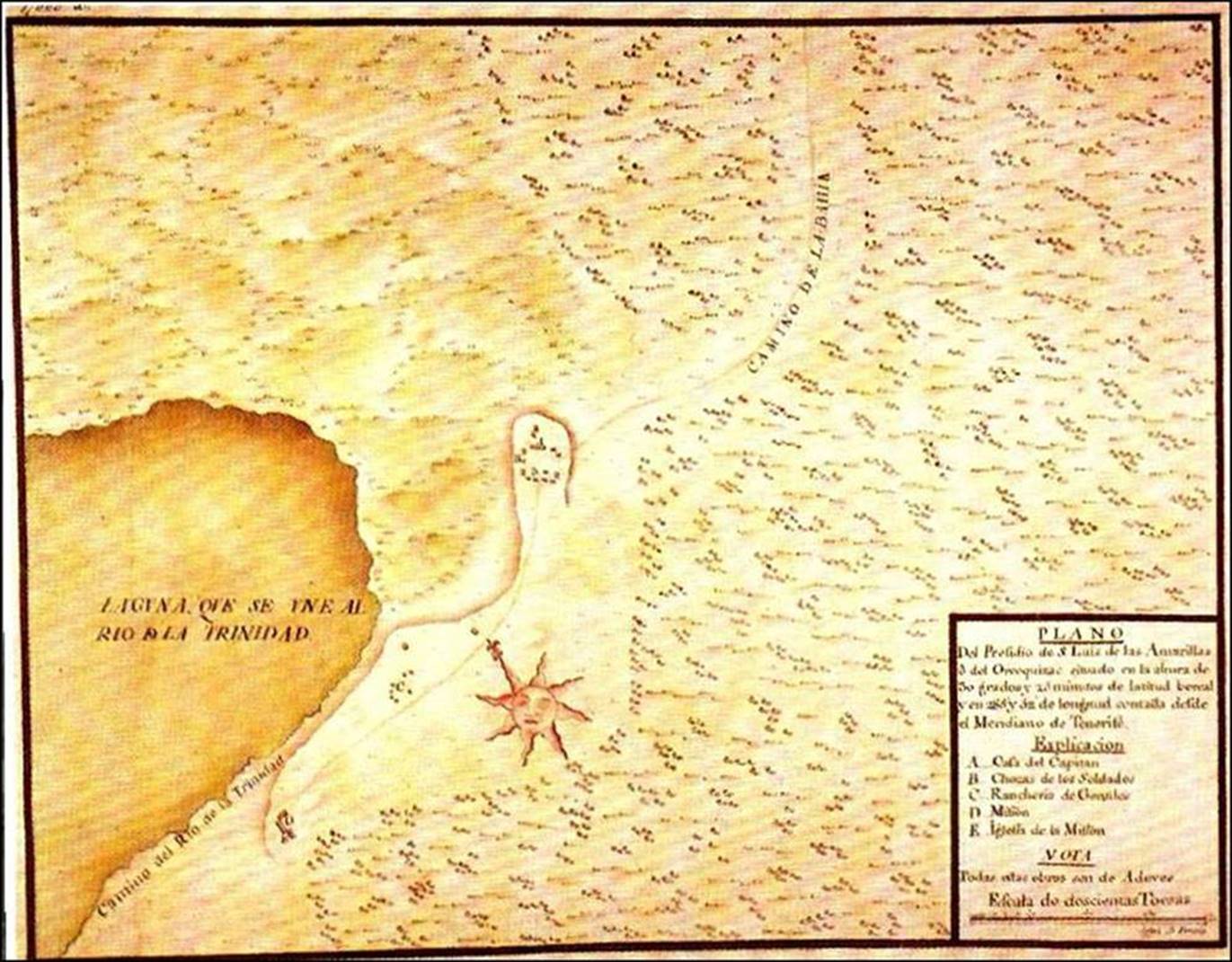
So where are we going from here?
Under Steven’s executive direction, 2019 has some significant projects. To list only a few:
We are nominating new sites (seven currently in progress) for National Register of Historic Places status. Our association is the grant awardee and we are working with partners GTI Environmental, the Milam County Historical Commission, and our friends at THC. With a proven background of work, we are certain that our archeological authentication and documentary research will be more than sufficient for the review by the NPS.
We have continuing signage efforts in Goliad, Nacogdoches, Dimmit, Wilson, Travis and… well, so many counties, so little time… but we need to be identifying and prioritizing upcoming signage efforts. It’s a process requiring the coordination, cooperation and cajoling of local governments, organizations and state agencies: All stakeholders. We’ve proposed a signage workshop to share practices and train some of us new joiners. From my experience in New Mexico, I believe the signage is a major way connect with the public.
We want to engage a wider regional participation and implementation of programs from South Texas to the Caddo Lands of Louisiana. This is tough, because these are long distances, sometimes off-road from our 21st Century pathways. These efforts can be effective by identifying, supporting and leveraging new partners.
We want to provide support for volunteer public speaking opportunities, by booking gigs, providing presentation materials and other supporting material to educate the public and maybe enlist more support to our efforts and promote the NHT.
And we need to keep our online website and social media assets current and accessible to make effective public outreach and bring in allied partners.
At the risk of sounding cliché, the list goes on…
Have a safe and Happy Holiday. Let’s have a great new year in 2019!
-Tom Byrd
